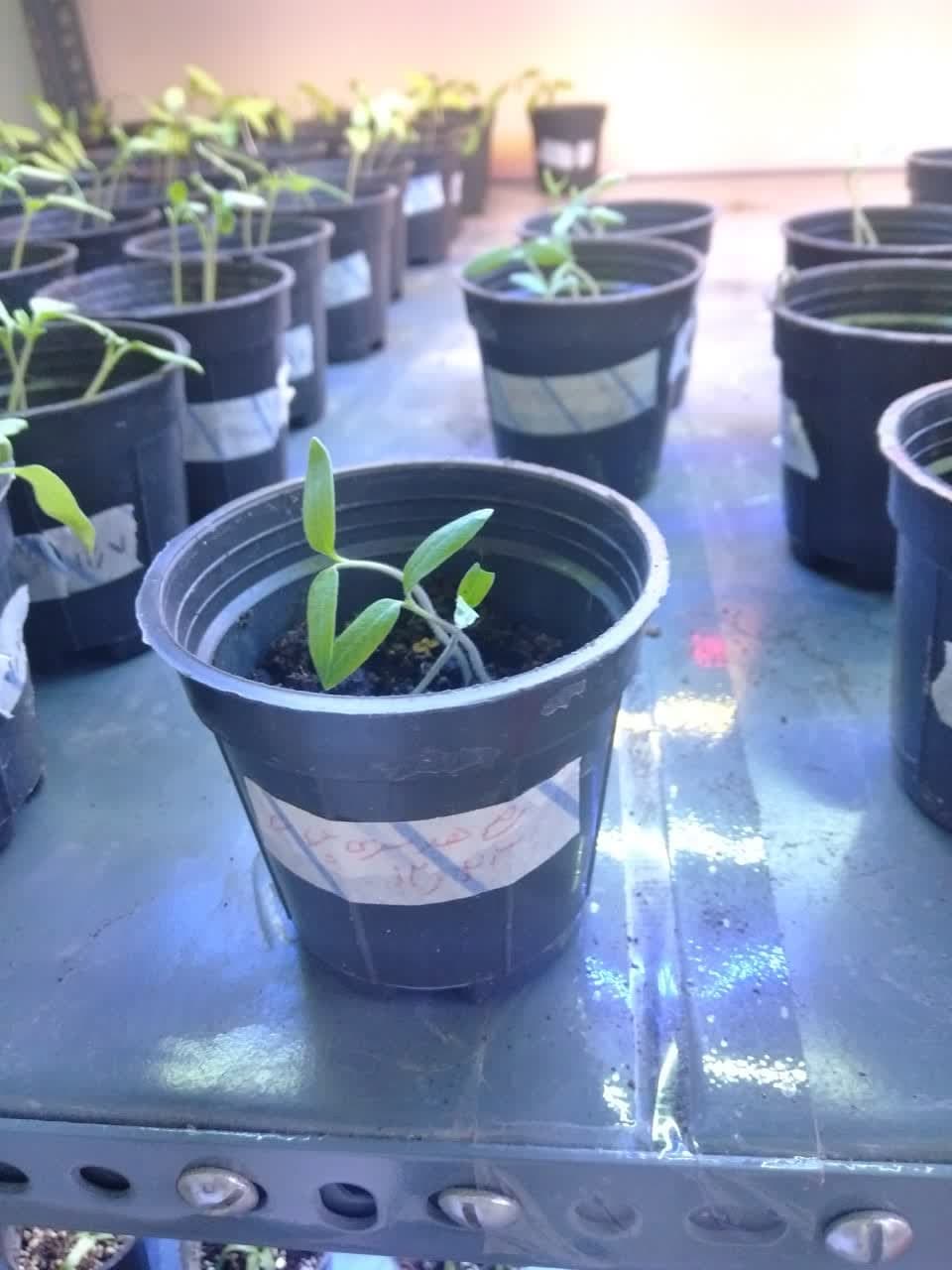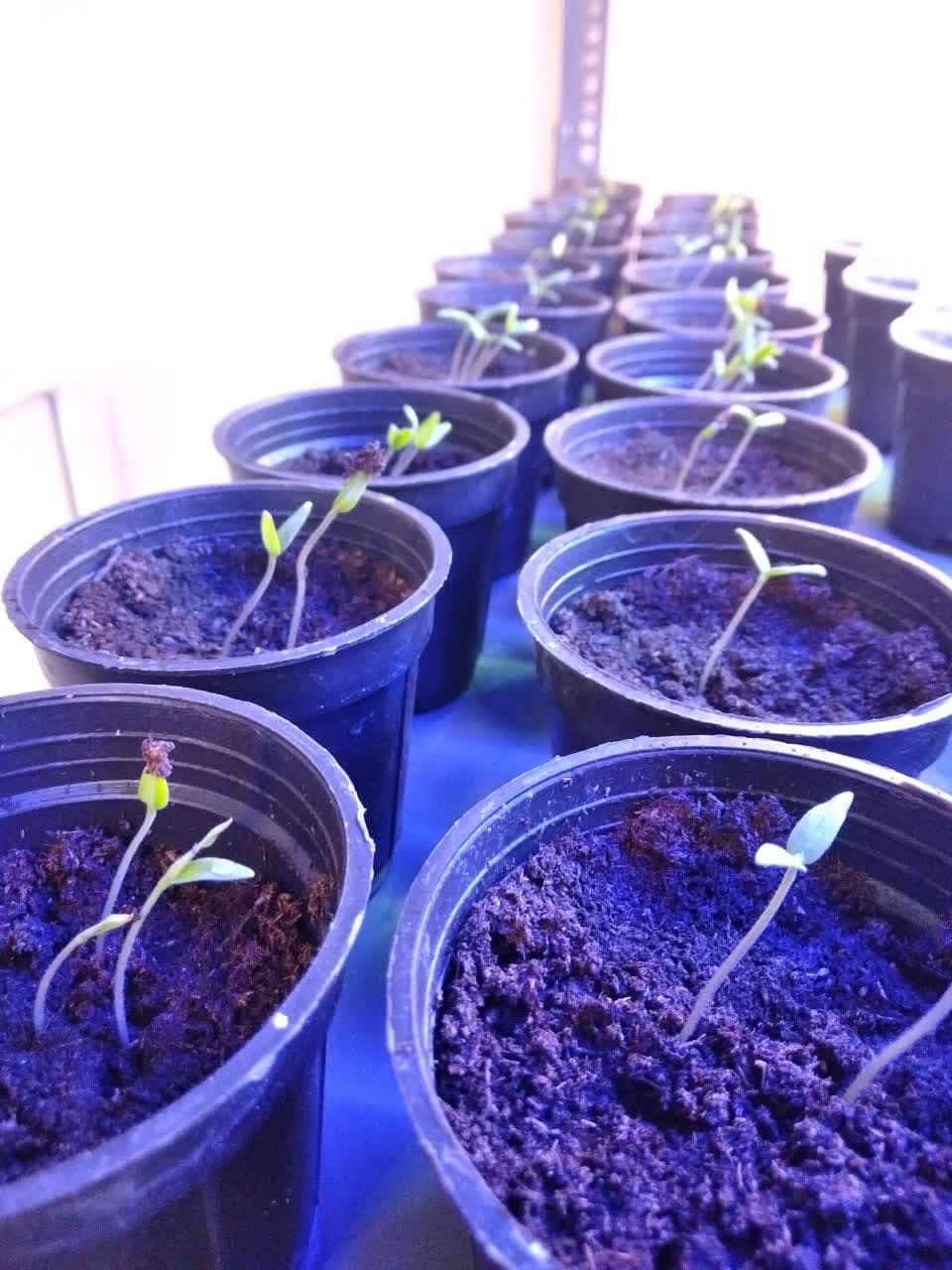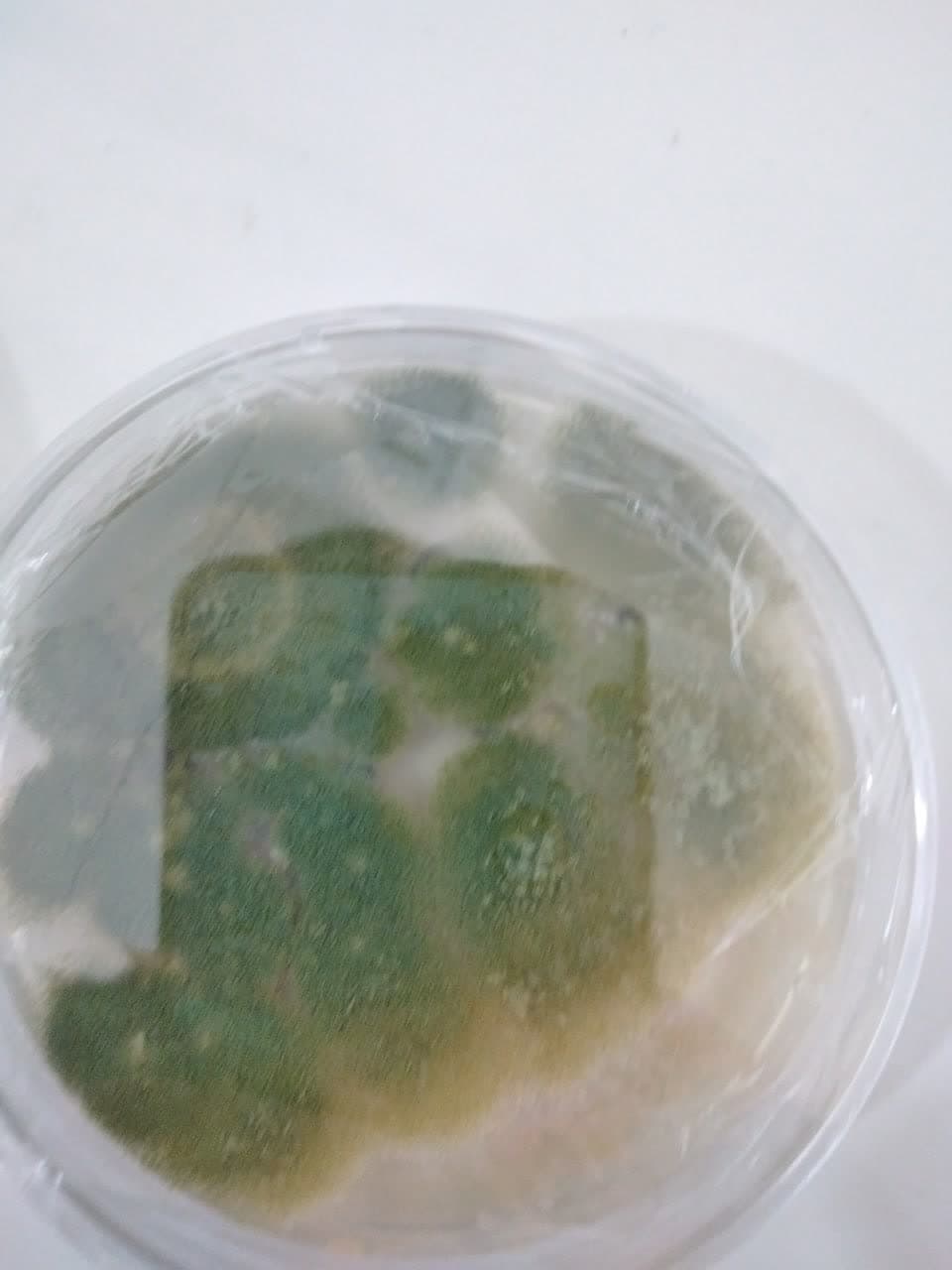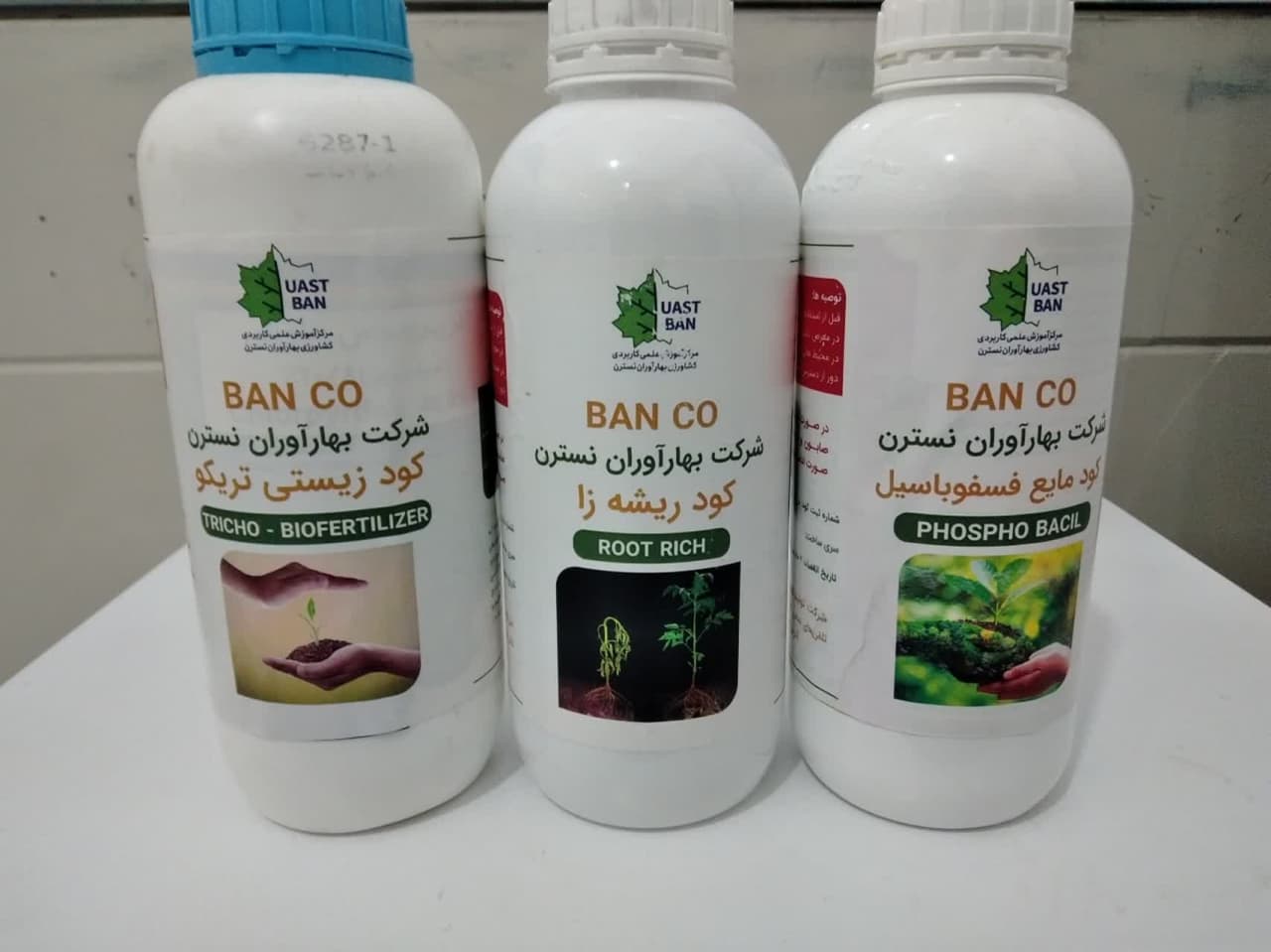Bacteriology Laboratory
Biofertilizers are promising and sustainable alternatives to harmful chemical fertilizers due to their ability to increase soil yield and fertility by enhancing crop safety and development. When these biofertilizers are applied to soil, plants or seeds. Once the microbial community is established, these microorganisms can help dissolve and break down essential nutrients in the environment that would otherwise be unavailable or difficult for the crop to incorporate into the biomass.
Bacteria are single-celled microorganisms that do not have a nuclear membrane. From the medical point of view, they are the main cause of the disease. In appearance, bacteria have relatively simple forms. In fact, they are complex and highly adaptable. Bacteria multiply rapidly and different species can use a wide variety of hydrocarbon substrates, including phenol, rubber, and petroleum. These organisms are widely present in both free and parasitic forms. Because they are ubiquitous and have a remarkable capacity to adapt to changing environments by spontaneous mutant selection, the importance of bacteria in any agricultural context cannot be ignored.
Among the biological sciences, microbiology is well established and related to various fields in the present era. Agricultural microbiology is a flourishing research field emerging from the intersection of general microbiology and microbial ecology into agricultural biotechnologies. The ultimate goal of agricultural microbiology is the extensive study of beneficial bacteria and fungi with important agricultural plants, thereby meeting the global demand for food in an environmentally friendly manner. Our aim is to clarify the current status and application of microbiology in modern agriculture. This chapter provides an overview of the role of microbiology in sustainable agriculture, including beneficial microorganisms, the rhizosphere, mycorrhizal fungi, phosphate solubilizing bacteria,
In this report, many research opportunities are presented in the field of food and agricultural microbiology. The backdrop to these research opportunities is a world of microorganisms that are full of threats and benefits for abundant, healthy food and related environments. Threats are caused by microbial pathogens that cause a wide range of plant and animal diseases and destroy agricultural productivity. The continuous spread and evolution of agricultural pathogens provides a new source of challenges for food productivity and safety. After the food leaves the farm, pathogens continue to cause damage and cause spoilage and, in some cases, poisoning and human and animal diseases. New vulnerabilities for agriculture are created by the global movement of agricultural products, trade policies, industrial farming practices, and the potential for the destructive release of pathogens by “bioterrorists.” In addition to threats, many benefits come from microorganisms associated with or introduced into our food, where they play an important role in bioprocessing, fermentation or as probiotics.
Science and technology emerging from microbiology research can help meet these challenges for food and agriculture. Knowledge of microbial pathogens leads to tools for disease surveillance and prevention. Beneficial microbes may be used to protect agriculture, preserve food, increase the value of food products, and provide general health and wellness benefits. The complex interactions between microbes and agricultural systems need to be better understood to facilitate optimal use of beneficial microorganisms and maximal control of pathogens.
Opportunities in microbiology research are the gateway to maintaining and improving agriculture and food production, quality and safety. Multidisciplinary research should be conducted to capitalize on advances in different disciplines, such as genomics, nanotechnology, and computational biology. Research on the interactions of animal and plant hosts with pathogens and beneficial microbes is essential for disease prevention and encouraging mutual interactions. On a more holistic scale, the interactions that occur between organisms in a microbial community need to be studied in order to achieve a healthy balance between the highly managed ecosystems of industrial agriculture and the unmanaged ecosystems of the natural environment. Ultimately, research is critical to determining why pathogens continue to emerge and where and how newly developed technologies should be used.
Nitrogen
- Free-living (e.g. Azotobacter, Anabaena and Clostridium),
- Symbiotic (e.g. Rhizobium and Trichodesmium) these organisms have the ability to fix atmospheric nitrogen into biological forms that can be absorbed by plants and incorporated into biomass.
- An important nitrogen-fixing symbiosis is the symbiosis between rhizobium and leguminous plants. Rhizobium has been shown to contribute more than 300 kg of nitrogen per hectare per year in various leguminous plants and its application in agricultural products has been shown to increase crop height, seed germination and nitrogen content in the plant.
The use of nitrogen-fixing bacteria in agriculture can help reduce dependence on artificial nitrogen fertilizers.
Microbial fertilizers
Biofertilizers
Today, good agricultural production is everyone’s need because it directly affects our food plate, in such a situation, we can understand the importance of a good agricultural product. There are many small or underdeveloped countries whose economy depends on agricultural production. According to World Bank data, agricultural production contributes about 4 percent to the global economy and GDP. A healthy agricultural production depends on various factors such as quality of soil, water, fertilizers, skilled labor, etc. Fertilizer is the most important thing that affects agricultural production. Fertilizer is a chemical or natural substance that is useful in crop production. However, in order to achieve fast agricultural yield, we usually use chemical fertilizers which are very responsive to biofertilizers, but chemical fertilizers are not environmentally friendly as biofertilizers.
Biofertilizers are the best alternative to chemical fertilizers. Biofertilizers are substances containing microorganisms that, when added to the soil, increase fertility and promote plant growth. Biofertilizers are also environmentally friendly fertilizers because they do not harm the environment and are also useful in restoring the initial fertility of the soil.
The importance of biofertilizers:
There are many reasons that determine the importance of biofertilizers: they improve soil texture, increase plant yield, and prevent the growth of harmful bacteria and fungi. Biofertilizers are environmentally friendly fertilizers (they do not harm the environment) and are affordable. Even in semi-arid conditions, biofertilizers are successful.
Types of biofertilizers:
Biofertilizers are divided into several categories based on different types of bacteria based living organisms:
- Azospirillum
- Azotobacter
- mycorrhiza
- Potassium-solubilizing bacteria
- Phosphate solubilizing bacteria
- Zinc dissolving bacteria
- Sulfur dissolving bacteria
Advantages of Azotobacter:
- Improves soil fertility.
- Nature-friendly solutions without chemicals.
- Encouraging root proliferation and root density and branching, which leads to increased absorption of minerals and water and plant growth.
Azospirillum is also a type of nitrogen fixing biological inoculation and is used as a biological fertilizer. Azospirillum also produces a large number of biologically active substances such as vitamins, nicotinic acid, indole acetic acids and gibberellins.
Benefits of Azospirillum:
- Stimulate plant growth
- Useful in nitrogen fixation
- It helps in better germination
- It helps in better root growth
Mycorrhiza:
Mycorrhiza is a type of fungus that is used in agricultural products as biofertilizer. Mycorrhizal fungi create a symbiotic relationship with plant roots to increase the absorption of phosphorus, water and minerals from the soil. It also protects against diseases that attack root organisms. Mycorrhizae also restore the original soil fertility.
Mycorrhiza benefits:
- It improves the absorption of nutrients from the soil.
- Improves plant growth.
- Improves stress management.
- It helps to grow healthier and denser roots.
Phosphate dissolving bacteria:
- It helps increase potassium in all types of soil and increases crop yield by 15-20%.
- It increases the resistance of the product against different weather conditions, improves the size of the fruit and seeds and the quality of the products.
- It also helps in photosynthesis properly.
Application of biological fertilizers:


 فارسی
فارسی العربية
العربية







